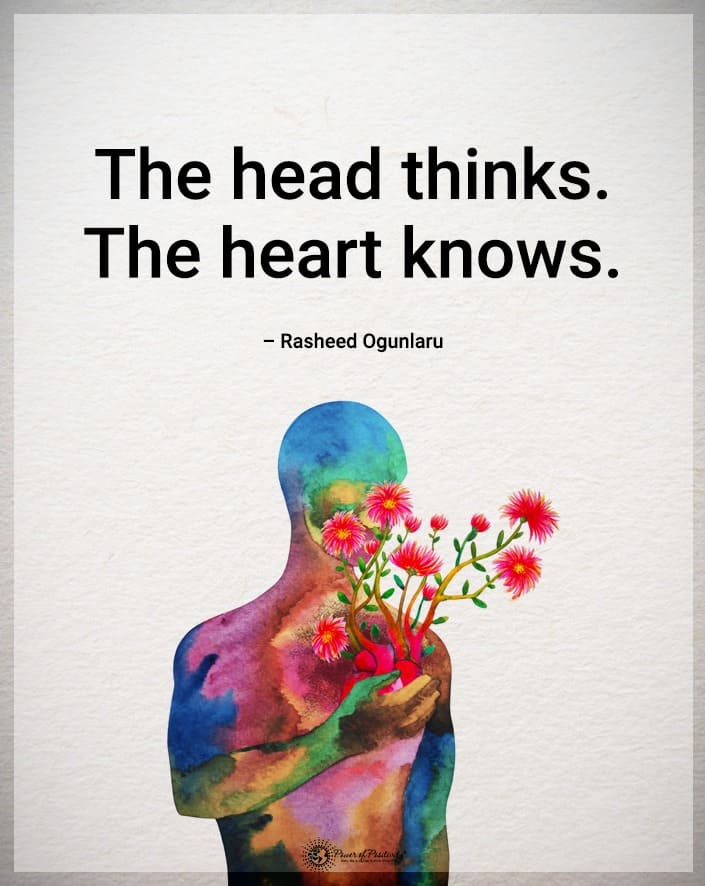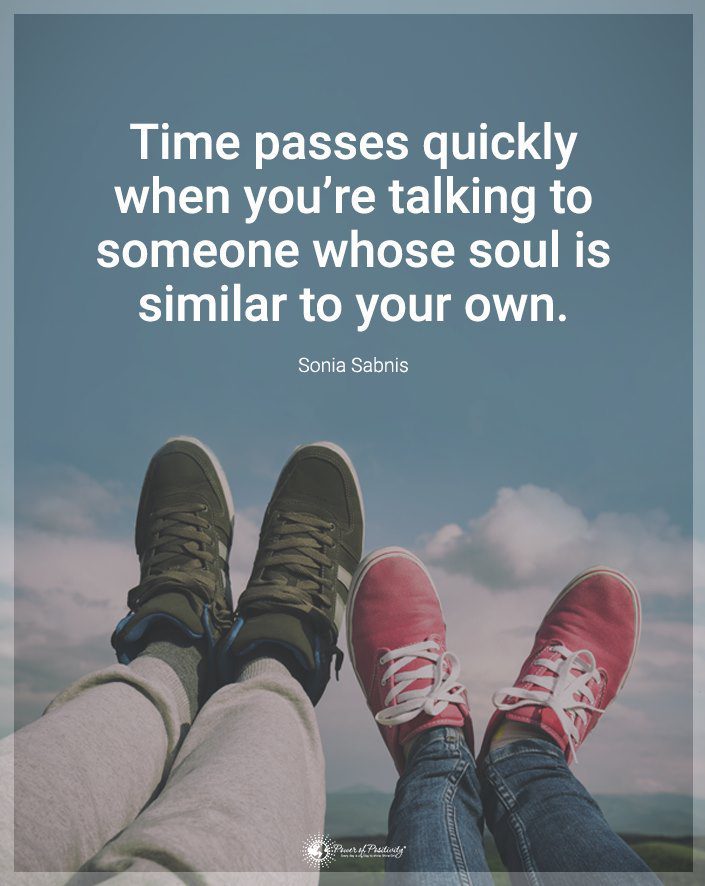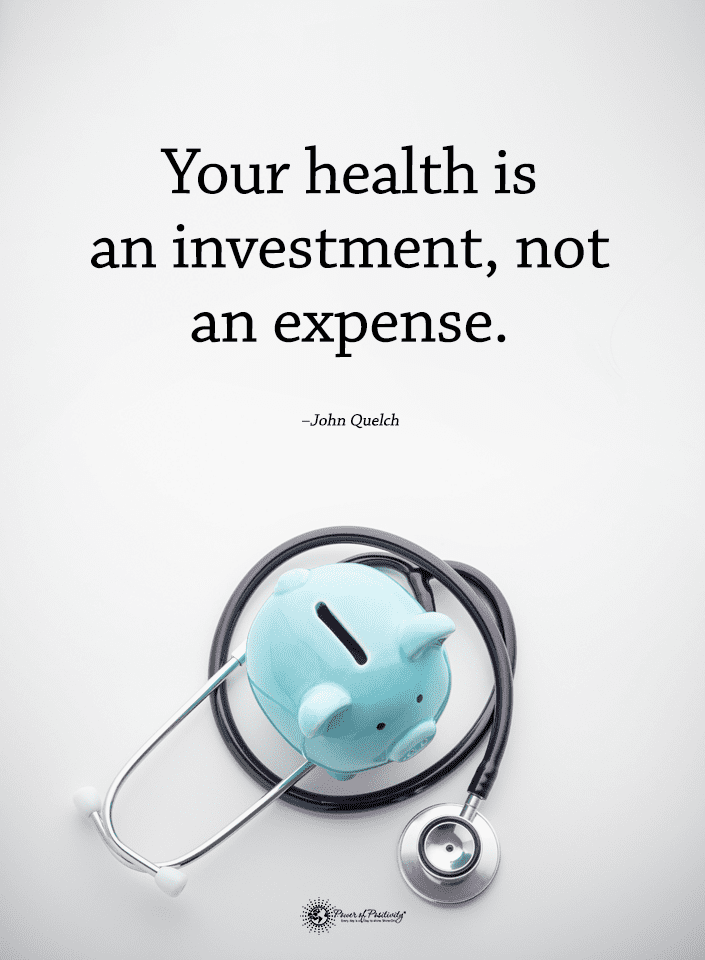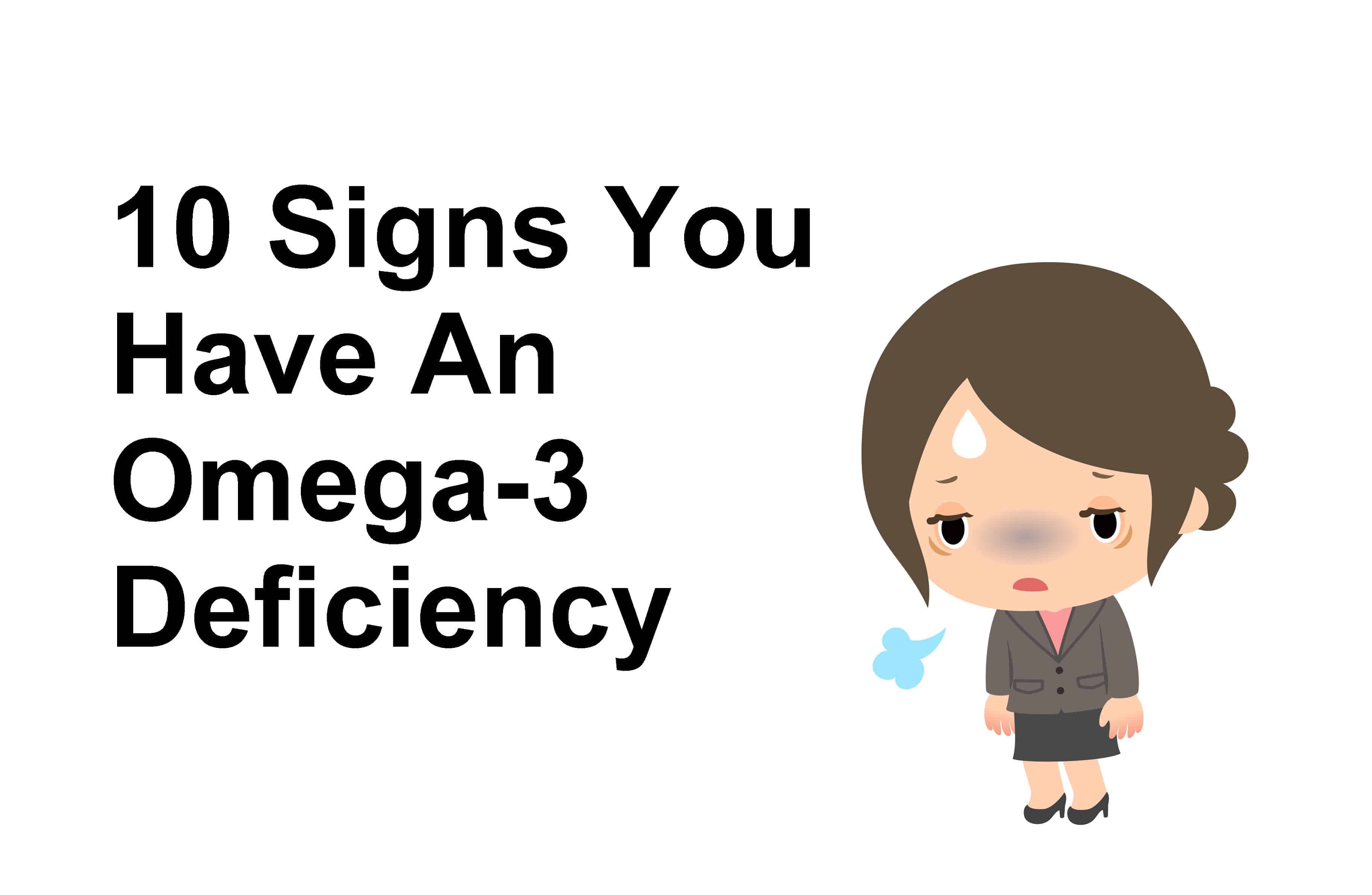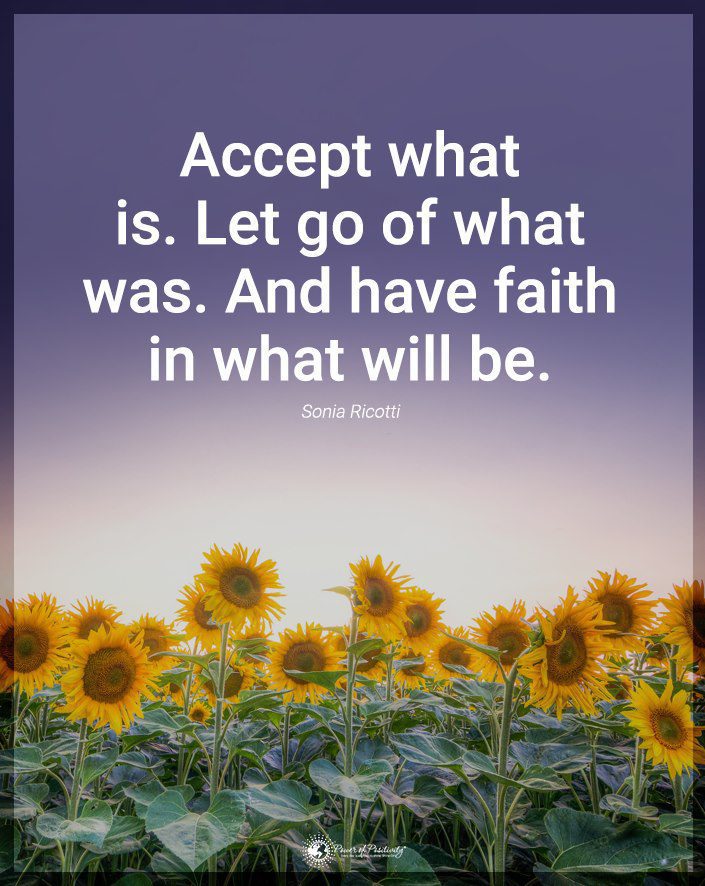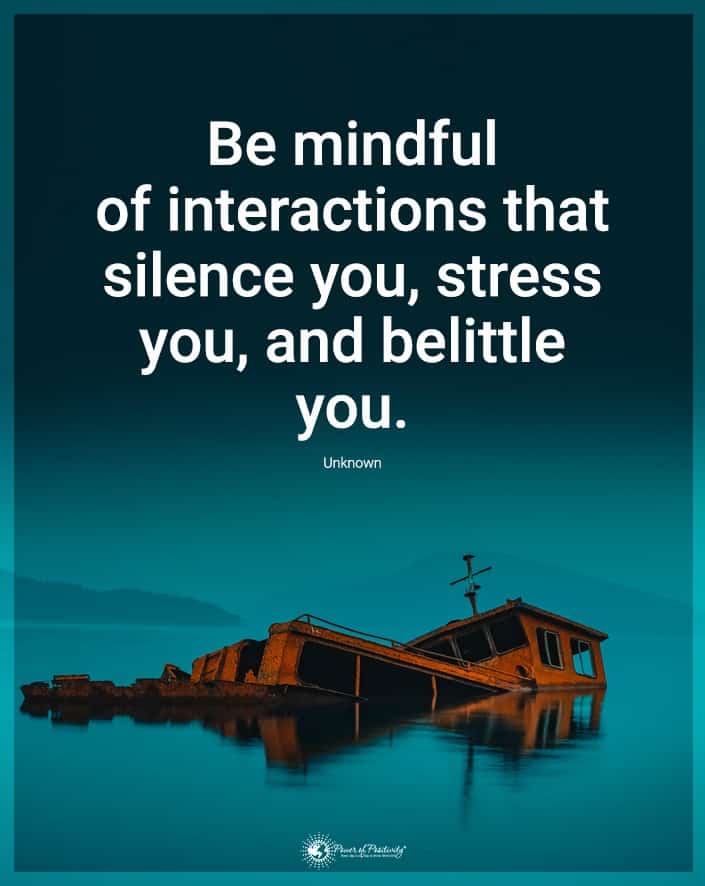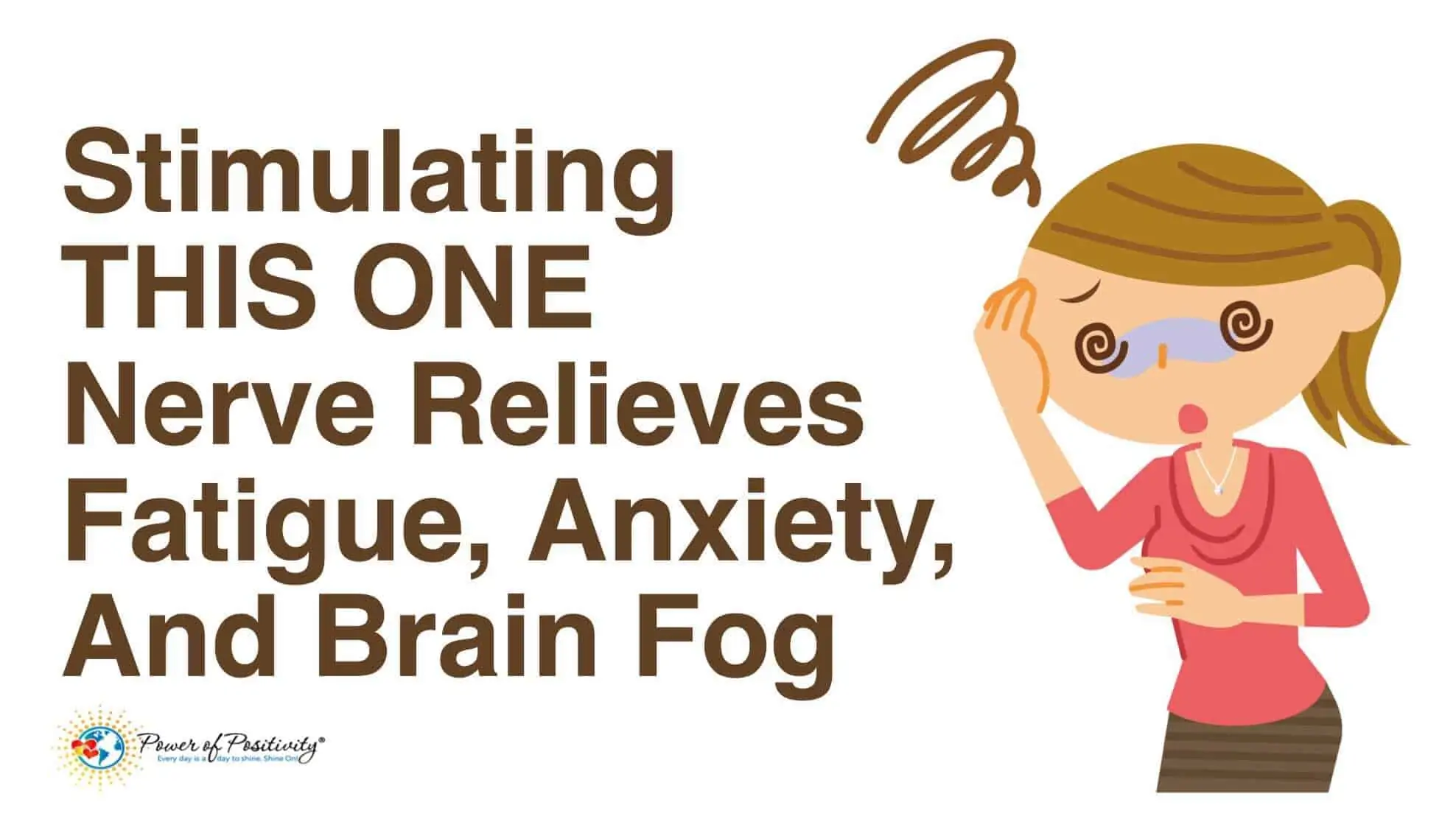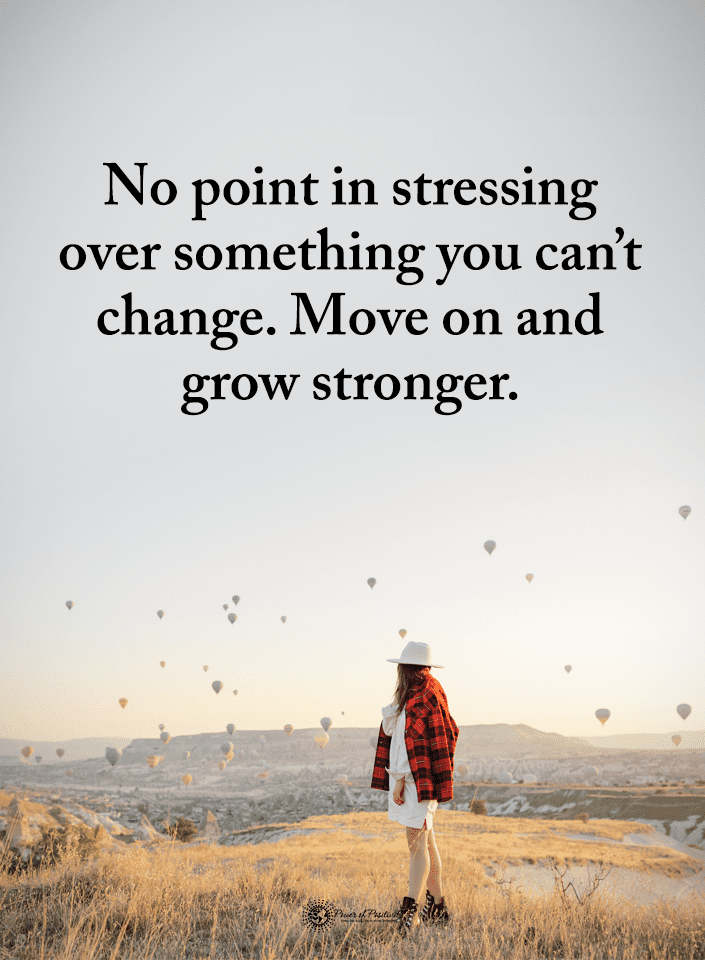You feel strongly that you and your partner are a good fit, and you want to make sure that the relationship is a healthy one that will not only last. But you also want one that will do a lot to improve your well-being and make you the best person you can be for your partner.
Let’s look at 10 signs that you’re on the right track to building a healthy relationship with your partner.
10 Signs You’re In A Healthy Relationship
1. You communicate very well
Communication is very essential to a healthy relationship. It’s the way that you express what you need and learn what your partner needs from you. If you can’t speak your physical, emotional, spiritual, and mental needs to your partner or they don’t do a good job of listening to you, your relationship may be doomed to failure.
2. You have the freedom to pursue different interests
A sign of a healthy relationship is when trust has been well established. Thus, your partner doesn’t need to check up on you or spend every moment with you. You can be out with friends doing an activity that your partner isn’t interested in and they are not worried about your infidelity to the relationship.
3. There is an equal contribution to the relationship
Feeling that you both contribute equally, even though it may be in different ways to your relationship is important. For example, one partner may provide emotional support while the other provides financial support, but as long as both partners feel that they are working toward the goal of building a strong life together, they have a healthy relationship power balance.
4. You and your partner practice mindfulness
Mindfulness can be achieved in many ways, but it’s a sign you’re in a healthy relationship if you and your partner understand the importance of the present moment.
In a study of mindfulness and relationship satisfaction, researchers found that mindfulness was related to lower emotional stress and positive perceptions of the relationship, even after a conflict. They also found that mindfulness about individual personality traits was related to better communication quality during the discussion.
5. You can be intimate in many different ways
Sex should not be the only way that you and your partner bond physically in a healthy relationship. There should be plenty of non-sexual touches, comforting words, shared laughs, and other small, joy-filled intimate moments that create the quality relationship that you want.
6. Your partner is sensitive to your needs
You can express your needs, even emotional ones, to your partner and they listen and then find a way to provide what you need or to help you provide it for yourself.
7. You fight fairly
When there is a disagreement in a healthy relationship, your partner listens to what you want and makes their case for what they want. You both have an opportunity to speak and explain your side. After you have expressed your views, you both work together to find a solution that meets both of your needs, ideally.
8. Your partner shows an interest in your daily life
‘That’s nice, dear’ is not a great way to show enthusiastic interest in your partner and people in healthy relationships know that it takes more effort. Actively giving your attention to your partner and asking questions about their lives shows that you care.
Dr. John Gottman of the Gottman Institute for relationship research says that he can predict relationship success about 94% of the time based on couples’ interactions with each other. He calls the successful partners ‘Masters’ and the unsuccessful partners ‘Disasters.’ A quote from the Gottman Institute website: ‘In Dr. Gottman’s research, the Masters responded to their partner’s attempts to initiate conversation or connect 86% of the time. The Disasters only responded to these bids 33% of the time. Failing to show an interest in your partner can lead to the deterioration of a relationship.’
9. You and your partner take responsibility
People in healthy relationships act the same way that they do in every situation; they hold themselves responsible for their actions and take action to fix problems. If there has been a conflict, you played some role in that conflict with your partner.
Tell your partner that you apologize for any hurt feelings that came up based on what you said in the conflict and remind your partner that you care about them and love them. Dr. Gottman says that relationship repair is essential to healthy relationships; ‘Distressed couples have as many repair attempts as happy couples, it is just that these repair attempts tend not to work because these partners don’t feel close, accepted, or safe enough.’
10. You lift each other up
When you are in a healthy relationship, a good sign is that your partner supports you and helps lift your mood when you are down. They encourage you, remind you of your strengths, let you talk through your concerns, and help ease your fears. In a healthy relationship, your partner reminds you that you can do anything and they will help you to do it.

